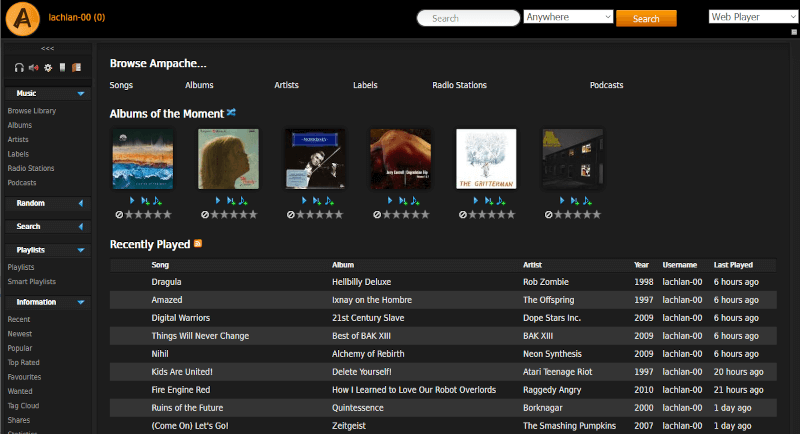
#BEST UPNP SERVER 2015 PC#
Alternatively, a controller, such as a tablet or smartphone, could discover the content on the PC and tell the TV to play it back. Your DLNA-certified player-a TV or game console, for example-would be able to browse the content on the PC and stream it.
#BEST UPNP SERVER 2015 SOFTWARE#
In a typical scenario, you might have a PC running DLNA-certified software that transforms it into a media server. When you connect one to your router, it should automatically appear on any other DLNA-certified component’s menu without needing you to perform any setup. YamahaĪ modern AV receiver that supports DLNA can stream movies, music, and digital photos from a storage device attached to your home network to your smart TV.Īll DLNA-certified devices use Universal Plug and Play (UPnP) to discover and talk to each other on the network.

Some DLNA-certified TVs, for example, can be classified as both a Digital Media Player-meaning it can locate and play media from other devices-and a Digital Media Renderer-because media can be pushed to it by an external controlling device. So it’s possible (even common) for a device to fall into more than one class. How it worksĭLNA separates multimedia devices into 10 certified classes subdivided into three broad categories: Home Network Devices (PCs, TVs, AV receivers, game consoles), Mobile Handheld Devices (smartphones, tablets, digital cameras), and Home Infrastructure Devices (routers and hubs).Ī device’s class is determined by its functional capabilities-whether it stores, controls, or plays media-rather than the type of product it is.

DLNA simplified the process by establishing a single protocol that ensured DLNA-certified multimedia devices from different manufacturers would work together. Prior to DLNA, setting up a home-entertainment network was an arduous process of gathering IP addresses and configuring each component to talk to the others with no guarantee of success. This widely integrated but little understood technology allows you to stream media files from a hard drive or memory card to other devices on your home network without your needing to know a whole lot about codecs, file formats, or even how your network operates.ĭLNA stands for Digital Living Network Alliance, the trade group founded by Sony in 2003 to define the interoperability guidelines that make this communication possible.

If you’ve ever watched the photos on your digital camera come alive on your TV or played the music files on your computer over your home theater system, you’ve brushed against the magic of DLNA.


 0 kommentar(er)
0 kommentar(er)
